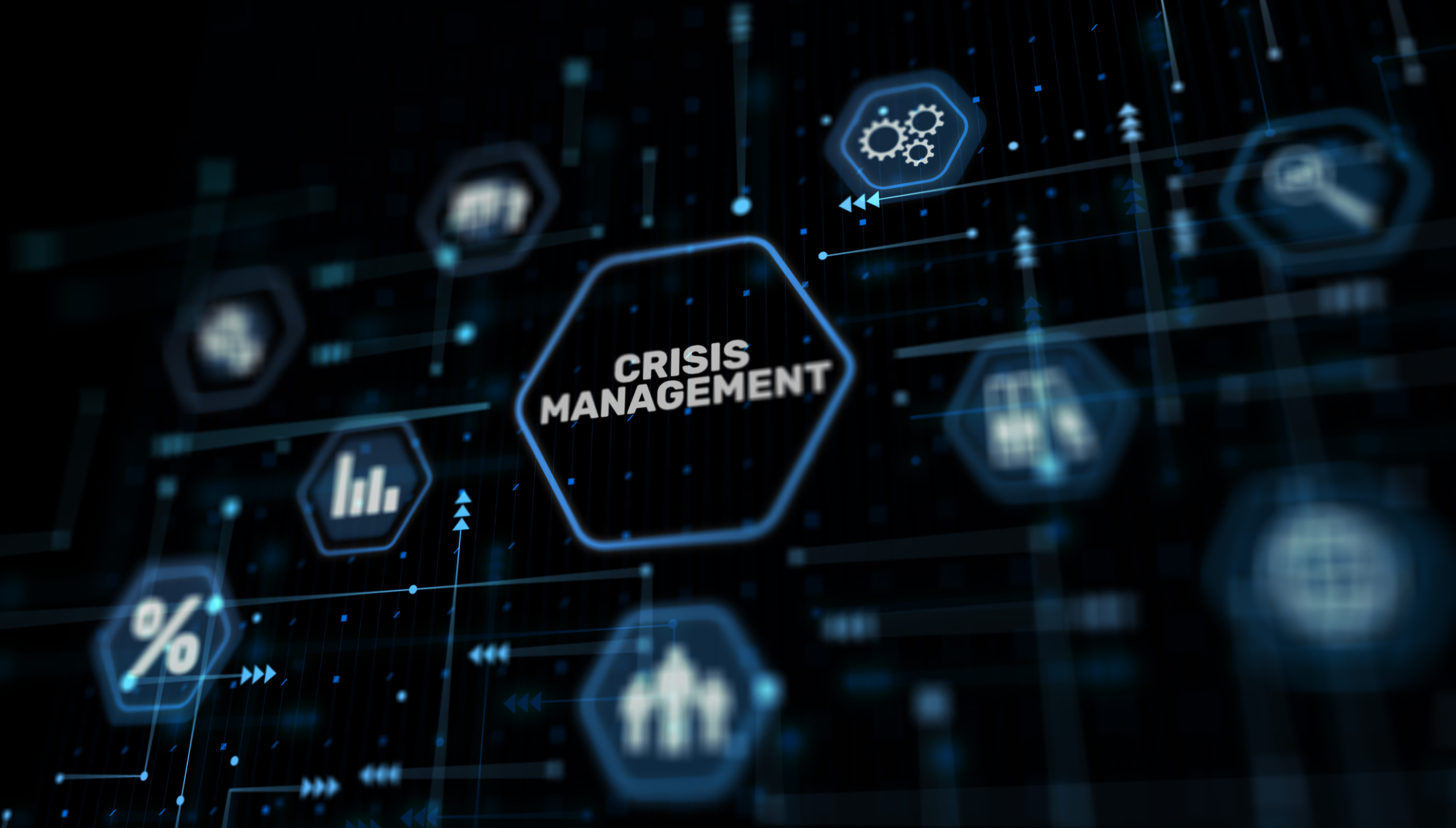Beehive NewsBlog
Artificial Intelligence: A Crisis Communication Risk and Resource
|

Beehive NewsBlog
Artificial Intelligence: A Crisis Communication Risk and Resource|

Predictive and generative artificial intelligence (AI) is quickly transforming nearly every aspect of how we work. The rapid advancement and adoption of AI introduces many benefits and opportunities including increased efficiency, improved productivity and reduced costs for businesses. At the same time, there is growing concern about the potential dangers and risks of AI as organizations and regulators try to keep pace with its growing reach and impact. Smart organizations actively prepare for the benefits and challenges of this powerful technology – including in their crisis communication preparedness and response plans.
Preparing for AI-related Risks
AI-related incidents are on the rise. A recent Stanford University report stated the number of reported incidents has increased by 32.3% from 2022 to 2023, and that AI incidents have grown by over twentyfold since 2013. Globally, business leaders are most concerned about risks to privacy, security and reliability.
Organizations of all sizes must be prepared to address the potential consequences of AI-related incidents including data breaches, algorithmic bias, deepfakes and autonomous system failures. Integrating high-risk scenarios like these into an organization’s crisis communication plan equips leaders to respond quickly, strategically and effectively, which is critical to protecting brand reputation and maintaining trust.
Every organization is vulnerable to experiencing a crisis that can happen at a moment’s notice, causing confusion and stress and putting brand reputation and stakeholder relationships at risk. An AI-based crisis can move especially fast and how an organization and its leaders respond will have a long-lasting business impact. The key to responding with speed is to have a thorough communication strategy and team in place that can be activated immediately.
Crisis Communication Strategies
Strategic communication is foundational to crisis management. Communication has the power to reduce uncertainty, engage stakeholders, maintain trust and combat disinformation when shared proactively, consistently and credibly. A strong crisis plan maps out how an organization and its leaders have agreed they will communicate in a crisis. This allows for quick and thoughtful assessment of the situation and implementation of the response strategy.
The most effective crisis response plans also include issue-specific scenarios for that organization. Organizations can start by identifying the key risks and high-potential crisis scenarios (e.g., cybersecurity, workplace incidents) for their business. Then, explore each situation to clearly define the events or triggers that would activate a crisis response. Finally, include a clear escalation plan, designated team (including third-party consultants) and focused response plan.
In the case of an AI-related crisis scenario, these communication strategy elements are especially important to include:
- Establish the Facts: In the age of disinformation, it’s crucial to verify information before sharing it publicly. Organizations should have processes in place for quick fact-checking to ensure accuracy and credibility when communicating. This helps eliminate speculation and minimize misinformation.
- Respond Rapidly: A swift and decisive response is essential to mitigate potential damage caused by AI-related incidents. Organizations should have established protocols for identifying issues and responding promptly.
- Communicate Clearly and Directly: AI-related incidents are likely to raise concerns and emotions may be running high. Organizations should proactively address these concerns and share clear action steps for resolving the issue in a way that puts people first.
Once an established crisis plan is in place, it is critical to keep it refreshed and active through regular drills and practice opportunities. Stage crisis scenario trainings to assess the effectiveness of the plan in various situations. This will ensure the plan remains current and the team is prepared and ready to respond to an unexpected issue.
AI as a Crisis Response Resource
AI is often initially thought of as a risk to be managed. However, it can also be a valuable tool for supporting an effective, rapid response in a crisis. Human leadership, strategy and collaboration is required to build a unique response plan for an organization, but AI can be a valuable tool for activating it.
Some of the ways AI-powered tools can support crisis communication include:
- Generating timely, custom content – ideally based on core messages and templates previously developed.
- Listening to public sentiment and monitoring social and traditional media sources to provide a real-time summary of sentiment and issue developments.
- Analyzing data to quickly identify trends, gather information and research risks.
It’s important to remember that AI is a tool and not the solution – especially when communicating in a crisis. Accuracy, empathy, strategy and judgment remain the responsibility of leaders.
As AI continues to grow and evolve, it’s important for leaders to understand the potential risks and benefits it can provide. Organizations that embrace AI as a component of their crisis response and communication plans will be well-positioned to emerge successfully from high-stakes situations. The successful integration of AI – in crisis and beyond – requires balancing technological advancement with the irreplaceable value of human judgment.
